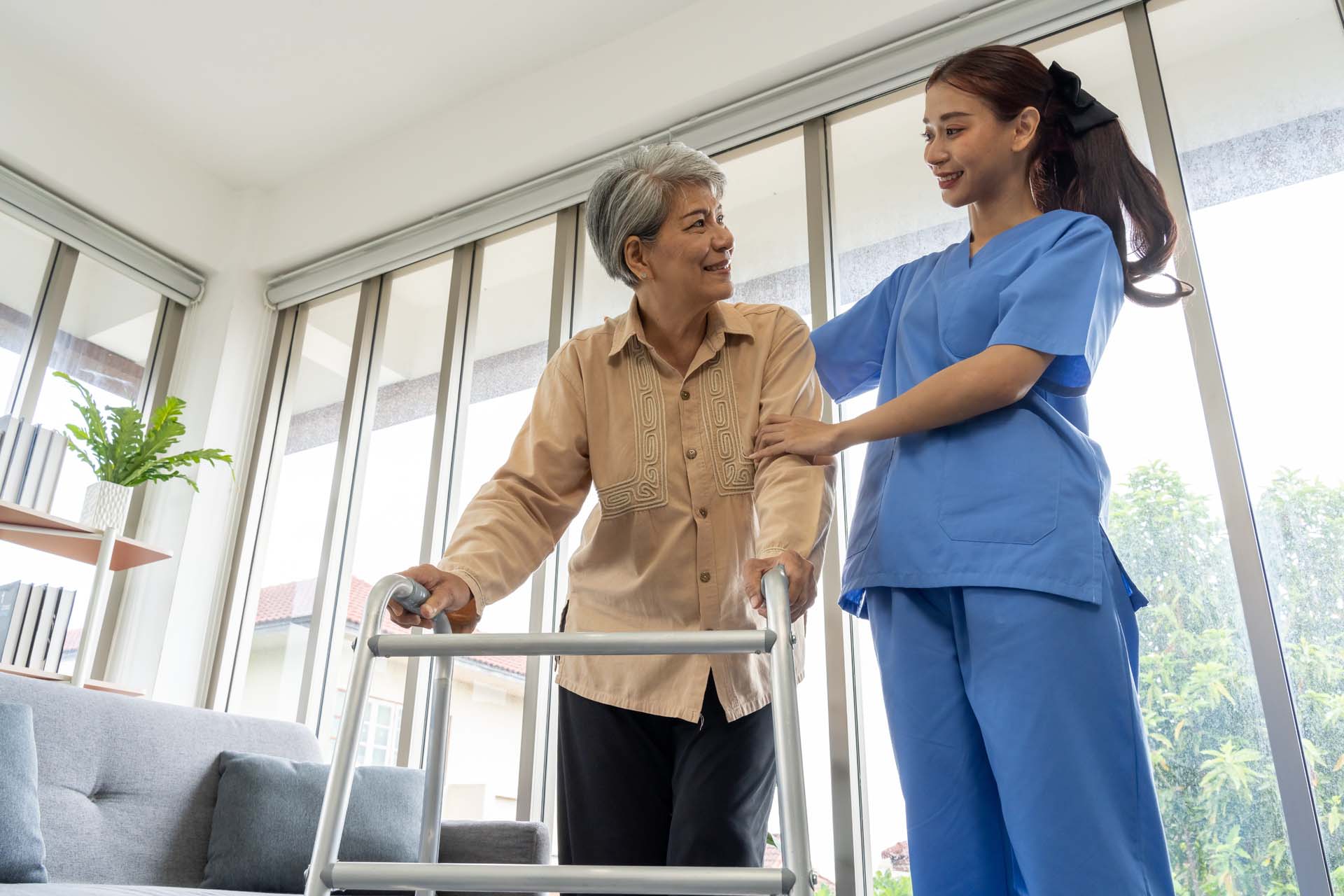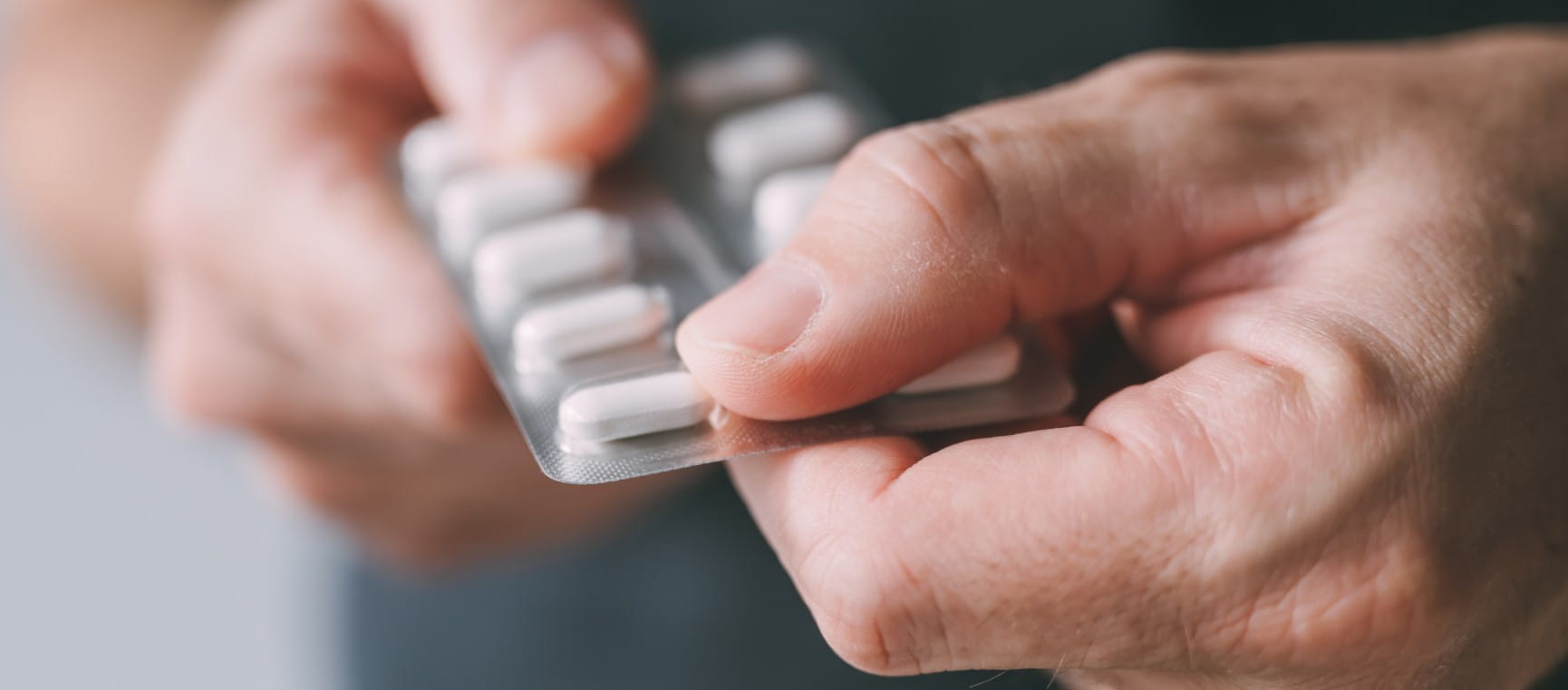
With more than 18 million people in the UK suffering from hearing loss, tinnitus or diagnosed as clinically deaf, our hearing health has never been more important.
Losing your hearing can have a huge impact on your mental health, social life and even on your physical wellbeing, so getting your hearing tested should be a regular event – just like going to the optician or the dentist.
Yet according to expert data, only 6% of the population get their hearing tested regularly. Many don’t realise the importance, while some are too scared because of the stigma attached to wearing hearing aids.
But the earlier hearing problems are detected and corrected, the better. It’s never been easier, with hearing tests available on the NHS and through the (Royal National Institute for Deaf People) RNID.
And now you can also do it in the comfort of your own home on your iPhone or iPad, thanks to Apple’s new Hearing Test and Hearing Aid features. Using a pair of AirPods Pro 2, the test takes about five minutes; the results are instant and scientifically validated.
Depending on the severity of your hearing loss, the AirPods Pro 2 can be used as a hearing aid – the first time ever that headphones have been used in this way. And even if it turns out you haven’t got hearing loss, you can wear them to help reduce loud sounds.
To mark the launch of Apple’s new four pillars of health feature, which covers hearing, heart, sleep and family, we spoke exclusively to Dr Rajiv Kumar from the technology giant's clinical team, and Crystal Rolfe from the RNID, about the importance of getting your hearing tested, the help that’s available, and why nobody should be embarrassed about losing their hearing.
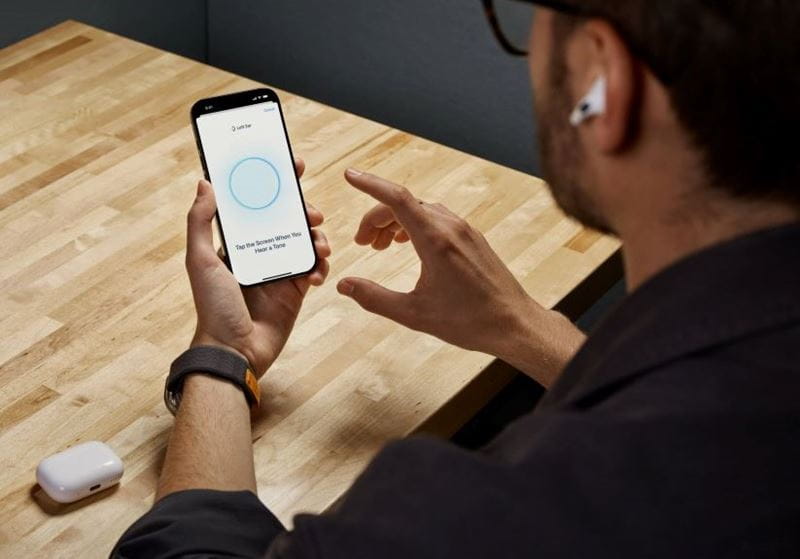
“People don’t often realise that they’re losing their hearing,” Rolfe explains. “I always use the analogy of when someone has been sitting alone in a room all day and they don’t realise it’s got dark until another person comes in to switch the light on.
"It’s normally quite gradual and often it’s the people around somebody who notice that their hearing might be going before that person does.”
Dr Kumar agrees. “When we started work on this, we learned that many people hadn’t had hearing tests in at least a decade – some since they were at school," he says. "You wouldn’t get that with other areas of your health.
"Prevention is the best medicine and in a lot of cases, an early diagnosis means less impact on everyday life.”
Rolfe says it’s especially important to seek out a test if you find yourself withdrawing from conversations or avoiding going out because you can’t hear in a noisy place. “Poor hearing is linked to depression, social isolation, falls and even dementia," she says. "But only around 6% of people get their hearing checked every year, although 90% of people said they would check their hearing if they knew what to do.
"People shouldn’t just wait until they can’t hear anything – go and get tested, especially if you’re struggling with "normal" activities such as following a conversation or listening to the TV. There are so many ways to get tested, you can do it at home with the Apple one or you can ask your GP for one, or use the online RNID one – I would recommend them all.”
To take the Apple test, you need an iPhone or iPad (make sure the software is all up to date) and a pair of AirPods Pro 2. Then find a quiet and comfortable place and go onto the health app, and find the Hearing Test. The app will assess if your Airpods are inserted the correct way and there is no background noise.
When the test starts, simply tap the screen when you hear a tone. During the test, tones are pulsed three times to give you time to respond. You only need to tap one time when you hear a tone, and it’s okay if you miss one. The test takes about five minutes and will test both your left and right ear with tones of different frequencies.
When the test is complete, you can see the results on your device. The data – which is stored securely on your device and is only accessible by you – shows your overall hearing loss in decibels of hearing level (dBHL), your hearing loss classification and recommended next steps.
If you have mild to moderate hearing loss, you can activate the Hearing Aid feature, which will adapt the AirPods Pro 2 to your results. For example, if you struggle to follow a conversation in a busy environment, you can put them in, and it will focus on that.
Dr Kumar explains, “The test can only be done using the AirPods Pro 2 because they have silicon ear tips that create a nice seal. The test is clinically validated and the results are very trustworthy, which we’re really proud of as we’re able to help so many more people.”
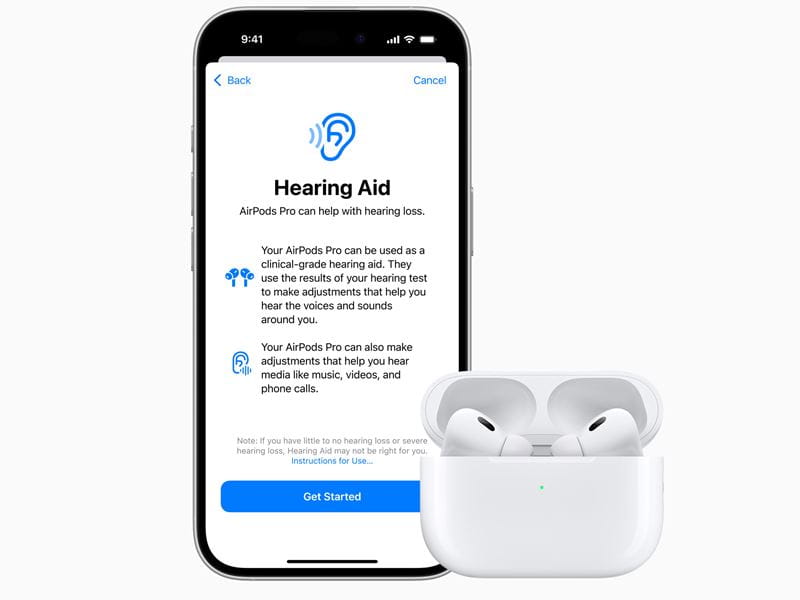
While health hearing generally does deteriorate as we age, it’s not always inevitable, says Rolfe. “There are definitely actions people can take to protect their ears,” she adds.
“Being exposed to loud noise can damage your hearing and noise-induced hearing loss is the kind of biggest preventable type of hearing loss."
"We think people should protect their hearing while still being able to enjoy all the activities they enjoyed before."
"If you go to a loud place such as a gig, festival or concert, stay away from the speakers or take noise-cancelling headphones for the bits you don’t want to listen to. If you work in noisy environment, try and take time away from the main noise source.
"If you wear headphones a lot, make sure you listen at a reasonable volume and take breaks from them.”
When carrying out the research for Apple, Dr Kumar said 10% of those suffering from hearing loss admitted they didn’t do anything about it because of the stigma. “It was basically them saying, ‘This makes me feel older or feel different or attract the wrong type of attention."
"That’s where we wanted to intervene and say this is very normal and with time, our hearing could decrease just as our vision may decrease. And people will invest in cool and stylish glasses but for some reason, people don’t think the same when it comes to hearing assistance.”
The AirPods Pro 2 provide a clinical-grade hearing aid feature that works on people with mild to moderate hearing loss – that's 85% of sufferers worldwide.
“For people with more than a moderate hearing loss they will need a different type of hearing aid. There won't be the amplification required,” Dr Kumar says. “But for those with mild to moderate loss, they work in situations such as watching the TV, being in a busy bar or restaurant and just helping with everyday conversations. And because it’s an Airpod, you’re not really drawing attention to yourself.
That's not to say wearing a hearing aid would make you stand out.
“We very intentionally called it a hearing aid feature because we don't think anyone should be embarrassed about hearing loss – it’s a normal part of life," Dr Kumar adds.
When John Dunn contracted a viral infection 15 years ago, he woke up one morning with severe and complex tinnitus in his right ear, which has never gone away despite investigations. During another hearing test, the 74-year-old was diagnosed with mild hearing loss in his left ear and was fitted with a hearing aid from the NHS.
“The NHS were brilliant but the hearing aids just didn’t do the job that I had wanted them to do and they were quite big and bulky and didn’t help in social situations,” John explains. “I became quite withdrawn and isolated. I had to give up doing some consultancy work and I couldn’t listen to music, which I used to love. I was by no means totally deaf but I really struggled in social situations, and I didn’t get on with the hearing aids, so I stopped using them.”
Last year, John was told about the new software Apple had developed.
“I went to the Apple store in Manchester and it was so busy and loud in there but I tried this out, put it on the transparency mode [which lets outside sounds in so you can hear what’s going on around you] and I could actually hear a conversation,” he recalls.
“It was stunning so I bought a phone and AirPods straight away. I couldn’t believe it."
"And then my wife and I went out for meal in a busy restaurant, and on my way in I could hear these voices and it was somebody behind me. I would never have heard that before.
"During the meal, I could hear all the conversations going on at our table because as soon as you look at somebody, it focuses the AirPods and you can hear.
It’s been life-changing for me. I don’t need them at home talking to my wife, but if going out or playing bridge, I use them. I get emotional because my kids say it’s like having their dad back as I lost myself for a few years. I’m so grateful and I’ve found myself again.”
Kate Randall is Saga Magazine's Digital News Editor. Kate has more than 20 years experience in print and digital journalism and specialises in news, entertainment and lifestyle.
In her spare time, she loves trying out the latest exercise trends and fitting in as many holidays as she can.
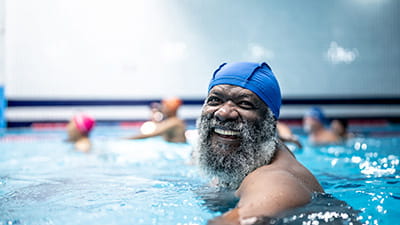

Health insurance for people over 50 that provides a quicker route to diagnosis and planned medical treatment in a private facility.
Underwritten by Bupa Insurance Limited.
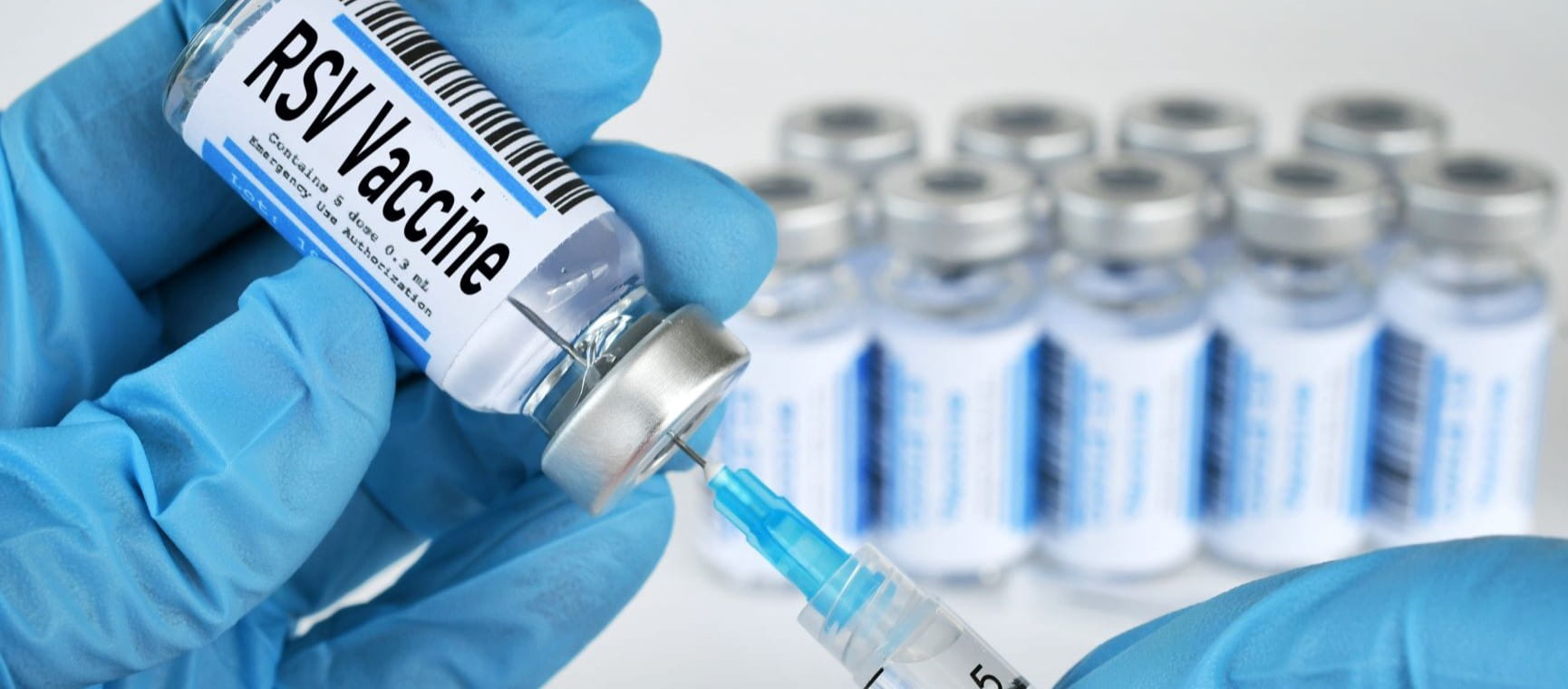
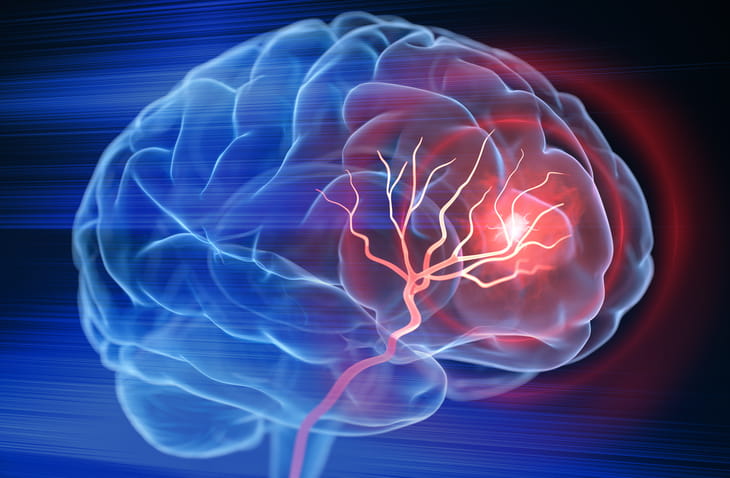
Facial weakness, a sudden headache and dizziness can all be signs of a stroke, we've got the facts from an expert.
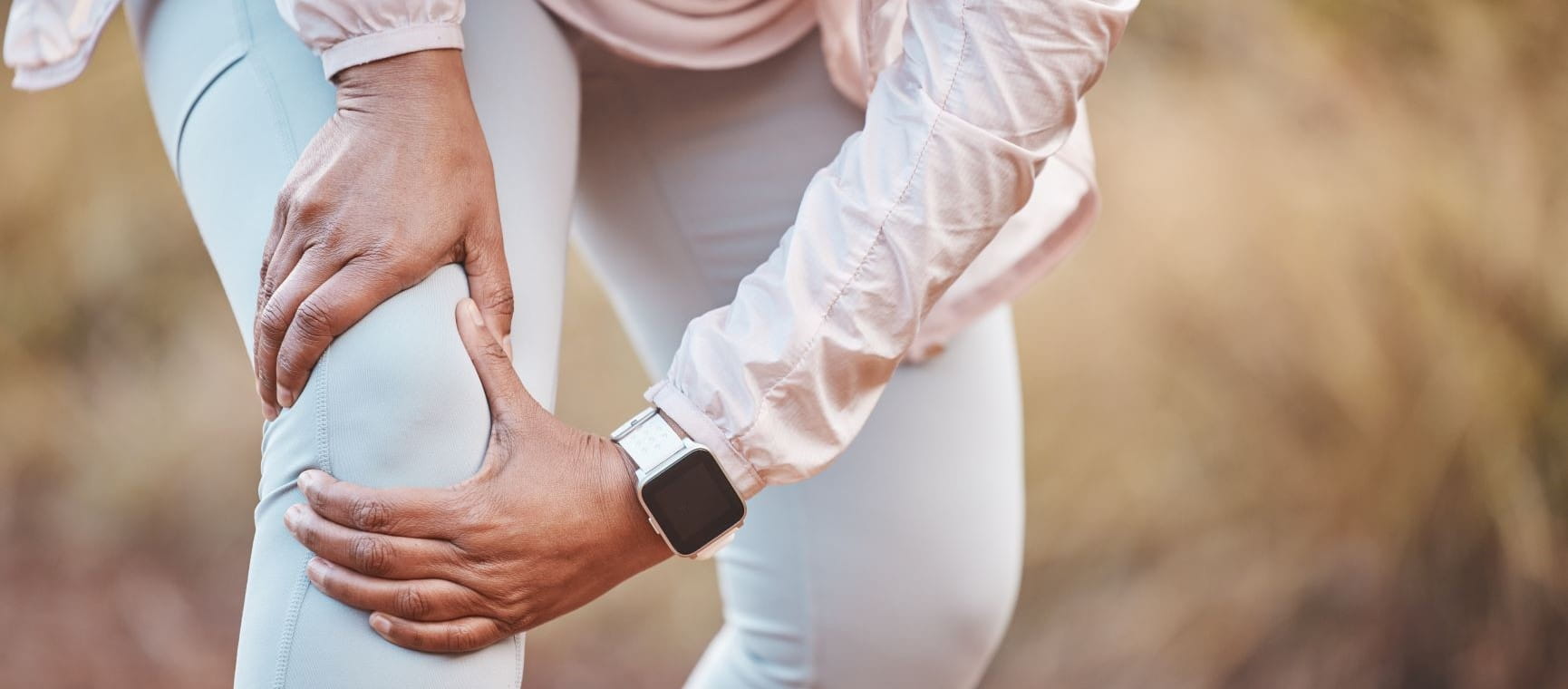
Knee pain is more common as we age: to help we've got the best advice from 3 leading experts with easy ways to make a difference.
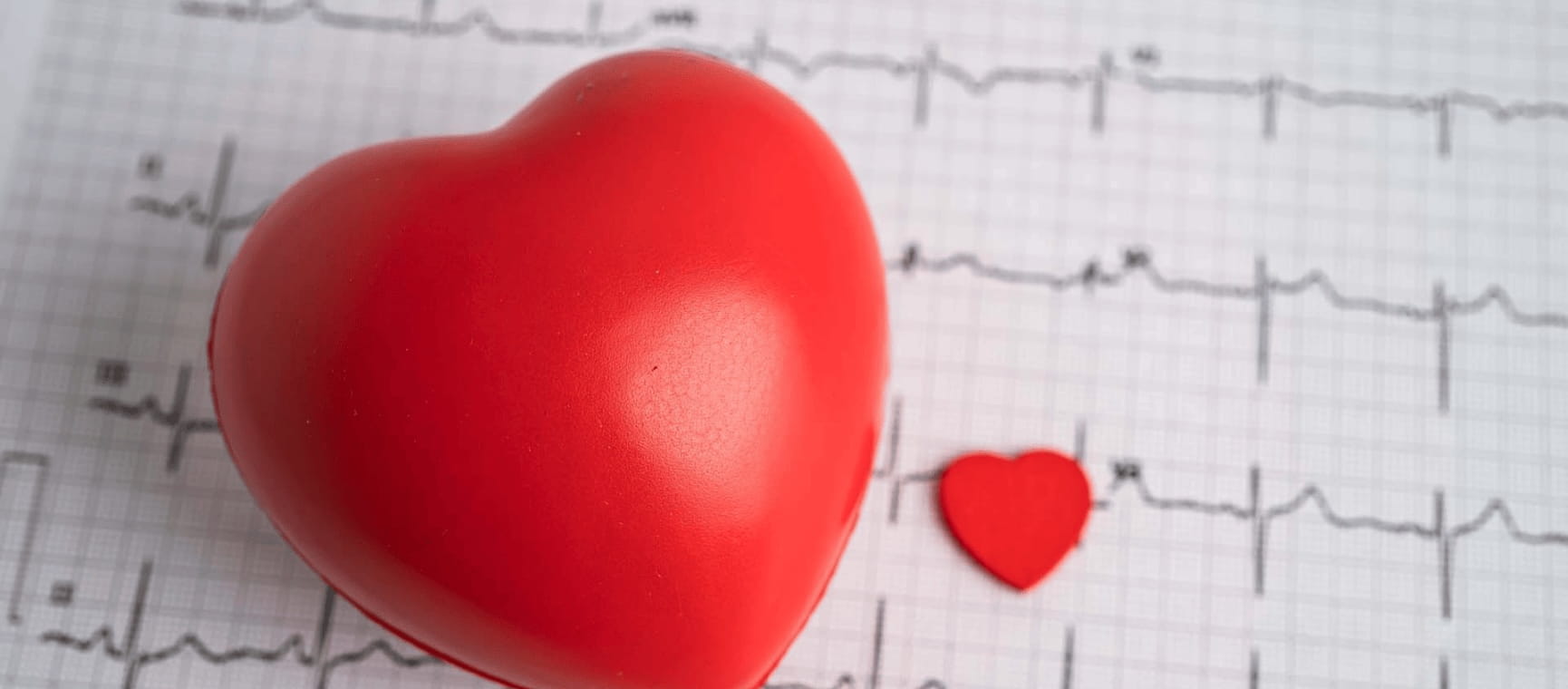
Do you know the symptoms of a heart attack? Here’s what to look out for, and how to prevent one.
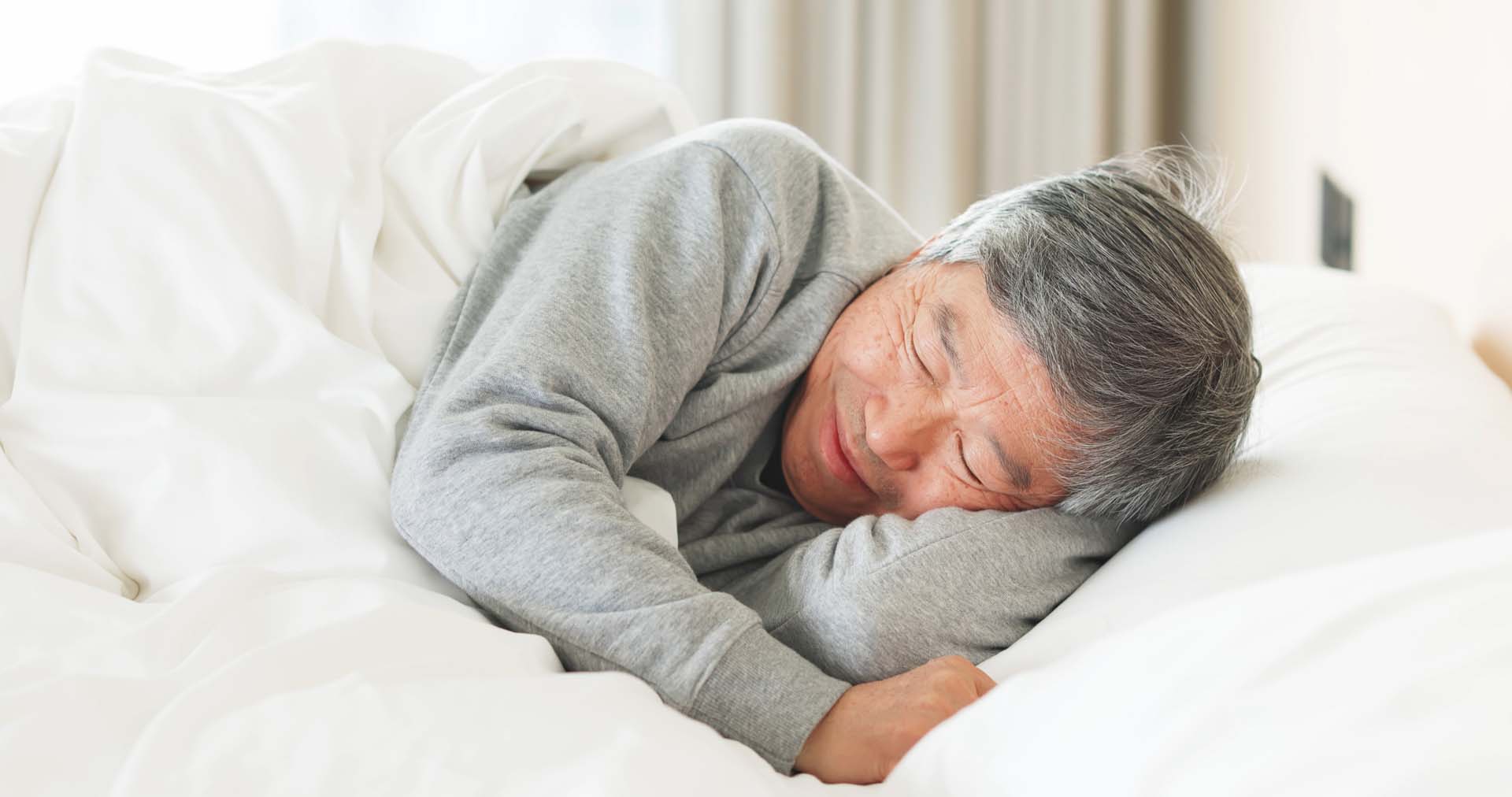
Front, back or side? Which sleeping position is best for you as you get older, and which ones you should avoid
